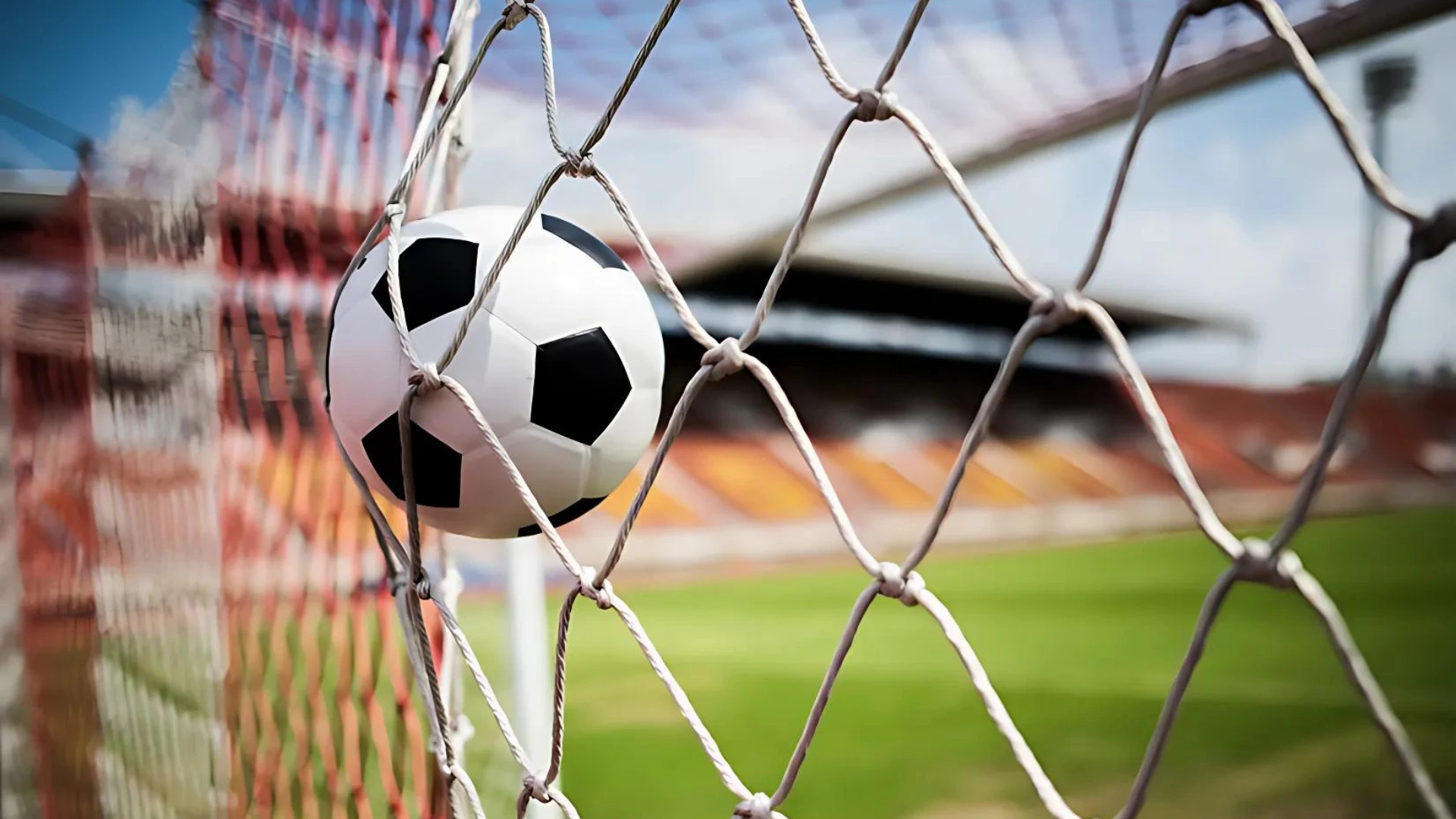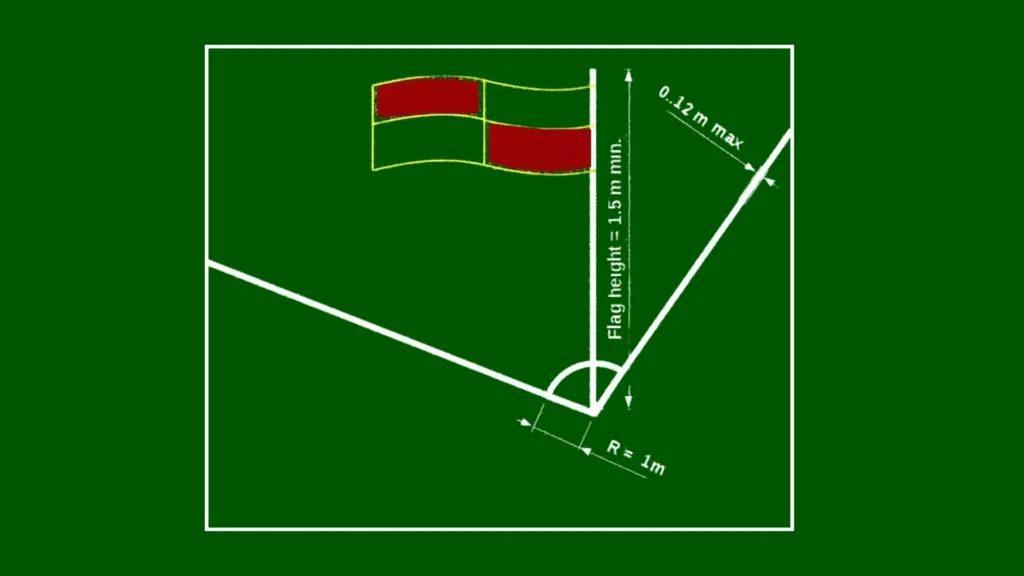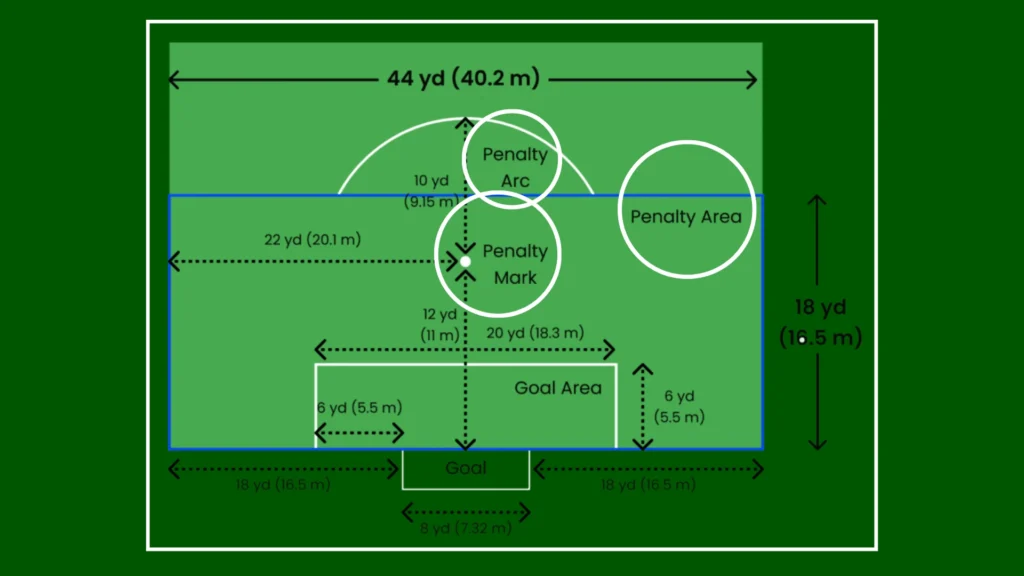
Introduction
If you want to know about football ground measurement in feet in meters. First, you should know that football also known as soccer, is one of the most popular sports worldwide, with millions of players and fans across the globe. The game is played on a rectangular field with specific dimensions that adhere to the rules set by governing bodies like FIFA (Fédération International Football Association). Understanding the dimensions of a football ground is crucial for players, coaches, and officials to ensure fair play and optimize performance.
| Measurement | Feet | Meters |
|---|---|---|
| Length | 360 feet | 110 meters |
| Width | 246 feet | 75 meters |
Football Field Dimensions (In Meters)

Football fields have standardized dimensions that vary slightly depending on the level of play and governing body regulations. The length of the field typically ranges from 100 to 110 meters, while the width ranges from 64 to 75 meters.
| Field Area | Range (m) |
|---|---|
| Length | 100 – 110 |
| Width | 64 – 75 |
| Goal Area Depth | 5.5 |
| Penalty Area Depth | 16.5 |
| Center Circle Radius | 9.15 |
| Corner Arc Radius | 1 |
| Goal Width | 7.32 |
| Goal Height | 2.44 |
| Penalty Spot Distance | 11 |
Overall Field Dimensions
Length:
Minimum: 100 meters (328 feet)
Maximum: 110 meters (361 feet)Width:
Minimum: 64 meters (210 feet)
Maximum: 75 meters (246 feet)
Goal Area
Width: 5.5 meters (18 feet)
Depth: 1.8 meters (6 feet)
Penalty Area
Width: 16.5 meters (54 feet)
Depth: 40.3 meters (132 feet)
Corner Arc
Radius: 1 meter (3.3 feet) from each corner flag.
Center Circle
Radius: 9.15 meters (30 feet)
Goals
Width: 7.32 meters (24 feet)
Height: 2.44 meters (8 feet)
Football Ground Dimensions: Corner Area and Corner Flags

The corner area is a quarter-circle with a radius of 1 meter from each corner flag. Corner flags must be at least 1.5 meters high and have a non-pointed top.
| Area | Measurement |
|---|---|
| Corner Arc Radius | 1 meter (3.3 feet) |
| Corner Flag Height | Not less than 1.5 meters (5 feet) |
| Corner Area Location | Each corner of the football field |
Corner Area
The corner area is a quarter-circle with a radius of 1 meter (3.3 feet) from each corner flag.
This area is used to determine the position of the ball during corner kicks.
Corner Flags
Corner flags must be placed at each corner of the field.
They must be at least 1.5 meters (5 feet) high and have a non-pointed top.
The flag itself should be made of a flexible material, such as plastic or cloth.
Corner Kick Spot
The corner kick spot is located at the intersection of the goal line and the corner area.
During a corner kick, the ball must be placed within the corner area before being kicked.
Importance of Corner Area and Flags
The corner area and flags help define the boundaries of the field and the location of corner kicks.
They also serve as visual references for players, officials, and spectators to understand the game’s positioning and rules.
Corner kicks can be a valuable scoring opportunity for attacking teams, making the corner area an important part of the field.
Adhering to the proper dimensions and placement of the corner area and flags ensures fairness and consistency in the game of football.
Football Ground Dimensions: Goal Area and Goal

Posts
The goal area is a rectangular box extending 5.5 meters from the goal line and 18.32 meters wide. The goal posts are 2.44 meters apart and 2.44 meters high, with a crossbar connecting them at the top.
| Area | Measurement |
|---|---|
| Goal Area Depth | 5.5 meters (18 feet) |
| Goal Area Width | 18.3 meters (60 feet) |
| Goal Width | 7.32 meters (24 feet) |
| Goal Height | 2.44 meters (8 feet) |
| Goal Post Diameter | 10 cm (4 inches) |
| Crossbar Thickness | 10 cm (4 inches) |
Goal Area
Width: The goal area is 18.32 meters (60 feet) wide.
Depth: It extends 5.5 meters (18 feet) from the goal line into the field.
The goal area is marked by a rectangle that helps determine the placement of the ball for goal kicks and the position of the goalkeeper during certain set pieces.
Goal Posts
Width Between Posts: The distance between the two goal posts is 7.32 meters (24 feet).
Height: The top of the goal posts is 2.44 meters (8 feet) above the ground.
The goal posts are made of a sturdy material, typically metal or wood, and are often painted white for visibility.
Crossbar
The crossbar connects the two goal posts at the top, forming the upper boundary of the goal.
It is also 2.44 meters (8 feet) above the ground, ensuring consistency in goal height.
Importance of the Goal Area and Goal Posts
The goal area is crucial for determining the rules surrounding goal kicks and the goalkeeper’s actions during play.
The dimensions of the goal posts are standardized to ensure uniformity across all levels of play, from amateur leagues to professional competitions.
Accurate measurements of the goal area and posts are essential for fair play, as they impact scoring opportunities and defensive strategies.
Understanding the dimensions of the goal area and goal posts is vital for players, coaches, and officials to ensure compliance with the rules of the game and optimize performance on the field.
Football Ground Dimensions: Penalty Area and Penalty Kicks

The penalty area is a larger rectangular box extending 16.5 meters from the goal line and 40.32 meters wide. Penalty kicks are taken from a spot 11 meters from the goal line, directly in front of the goal.
| Area | Measurement |
|---|---|
| Penalty Area Depth | 16.5m (54ft) |
| Penalty Area Width | 40.3m (132ft) |
| Penalty Spot Distance | 11m (36ft) |
| Penalty Kick Mark Width | 1.2m (4ft) |
| Goal Area Depth | 5.5m (18ft) |
| Goal Area Width | 18.3m (60ft) |
